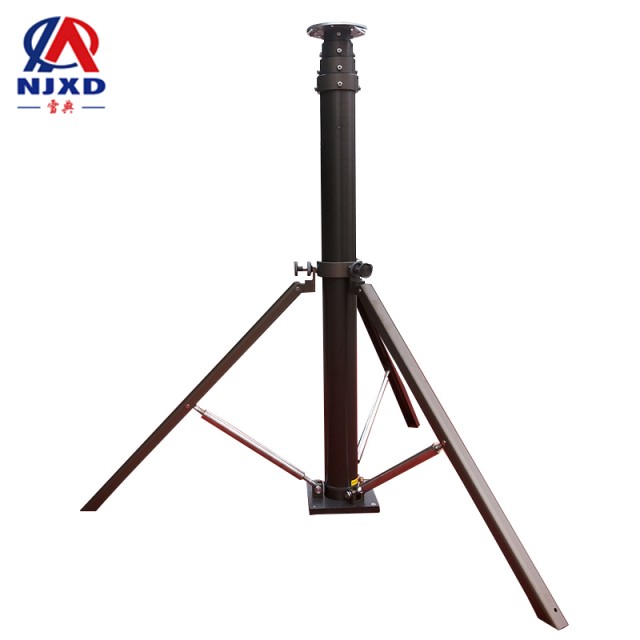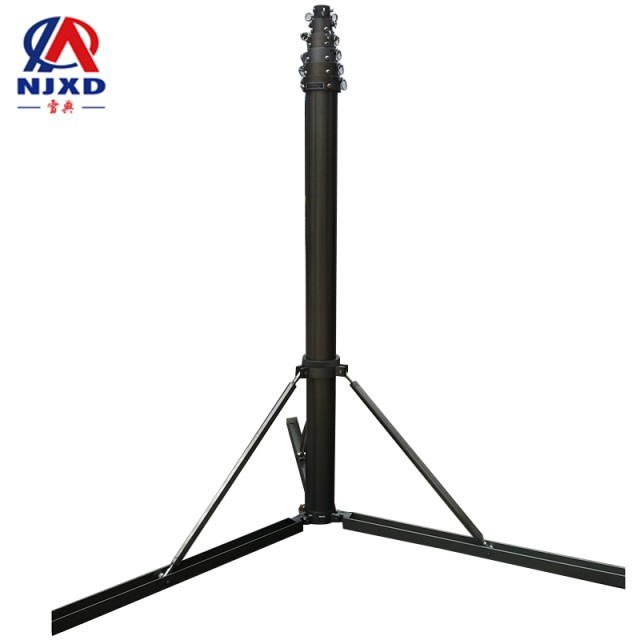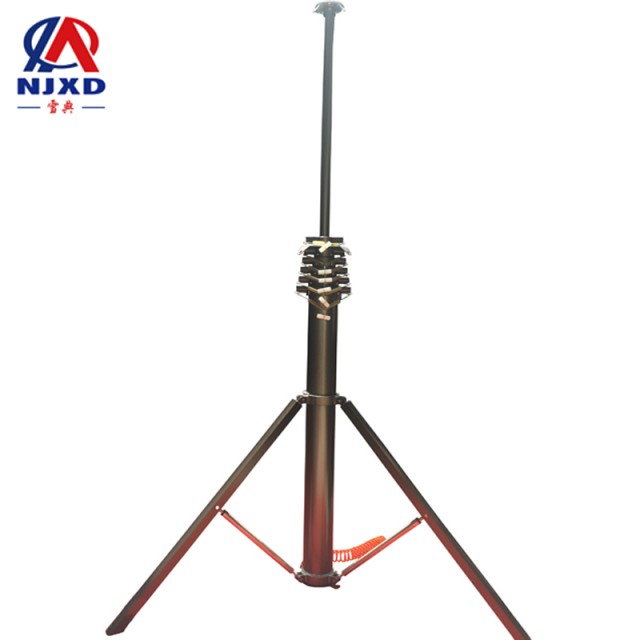NEWS
Lift Rod material compressive strength
Time:2021-04-20 View:

Compressive strength (crushing strength), the ultimate load that refractory materials can bear per unit area at a certain temperature. Compressive strength is one of the important performance indexes to measure the quality of refractory materials, which indirectly reflects the organizational structure of products, such as compactness, uniformity, sintering, etc. It is usually divided into normal temperature compressive strength and high temperature compressive strength. Normal temperature compressive strength refers to the value measured at room temperature; The sample is heated to a specified temperature for pressure test, and the obtained result is called high temperature compressive strength at this temperature.
Compressive strength
Compressive strength (crushing strength) the ultimate load that refractory materials can bear per unit area at a certain temperature. Compressive strength is one of the important performance indexes to measure the quality of refractory materials, which indirectly reflects the organizational structure of products, such as compactness, uniformity, sintering, etc. It is usually divided into normal temperature compressive strength and high temperature compressive strength. Normal temperature compressive strength refers to the value measured at room temperature; The sample is heated to a specified temperature for pressure test, and the obtained result is called high temperature compressive strength at this temperature.
The compressive strength of products mainly depends on its own material category, but the manufacturing process level has a great influence on the compressive strength value.

Room temperature compressive strength
Definition: under normal temperature, the refractory material is pressurized according to the specified conditions, and the limit pressure per unit area before damage occurs; Flexural strength at normal temperature: at normal temperature, the refractory material sample with a certain size, the maximum stress on the three-point device. There are many influencing factors, such as ingredient grading, calcination conditions, chemical composition of raw materials, etc. The compressive strength at room temperature and the flexural strength are greatly affected by the microstructure, such as the degree of density, the amount of porosity and distribution. The other is the research hotspot: adding water, the more water is added, the stronger the drying will lead to the increase of pores, the looseness of structure, and the decrease of compressive and flexural strength. The introduction of micropowder instead of cement is very effective, but dispersant must be introduced to reduce water consumption; The latest silica sol is better, but the demoulding strength is not good.
High temperature compressive strength
High temperature compressive strength is one of the high temperature mechanical properties of refractory materials, which can be measured by experimental methods. That is, the limit pressure that can be borne per unit cross-sectional area when pressure is applied to its damage at a certain speed. Unit: PA

National standard
China's national standards stipulate the compressive strength values of refractory materials for different purposes.
The normal temperature compressive strength value (MPa) of commonly used dense refractory products is as follows:
Clay brick for blast furnace is more than 49.0, hot air furnace for clay brick is more than 19.6, large clay brick for glass furnace is more than 34.3, high-alumina brick for general use is more than 49.0, hot air furnace is more than 39.2; High-alumina brick for electric furnace cover is more than 58.8, coke oven silica brick is more than 19.6; Glass furnace silica brick is more than 24.5, ordinary Magnesia brick is more than 39.2, open hearth is more than 29.4; Magnesia alumina brick is more than 24.5. The method for measuring the compressive strength at room temperature, according to the Chinese national standard "test method for the compressive strength at room temperature of dense shaped refractory products" (GB5072), cube or cylinder samples are cut from refractory products, on the pressure testing machine, press the sample according to the specified pressure rate until it is destroyed, record the maximum pressure value, and calculate the pressure per unit area, unit MPa. When determining the compressive strength of unshaped refractory materials, samples must be prepared according to the standard provisions of sample preparation methods. When measuring the high temperature compressive strength, the pressure testing machine should be equipped with high-temperature heating furnace. The sample is heated in the furnace according to the specified heating rate, reaches the specified temperature, and keeps the sample under pressure for a certain period of time until it is destroyed. The rest is the same as the method for measuring the compressive strength at room temperature. International Standard "dense shaped refractory products-determination of compressive strength at room temperature" part l: unpadded arbitration test (ISO10059-1), the main difference from Chinese standard GB5072 is that during the test, no liner is allowed between the pressure plate and the sample of the testing machine. The Chinese standard GB3997 · 2 is equivalent to the international standard ISO8895 for the determination of normal temperature compressive strength of shaped heat insulation refractory products.
